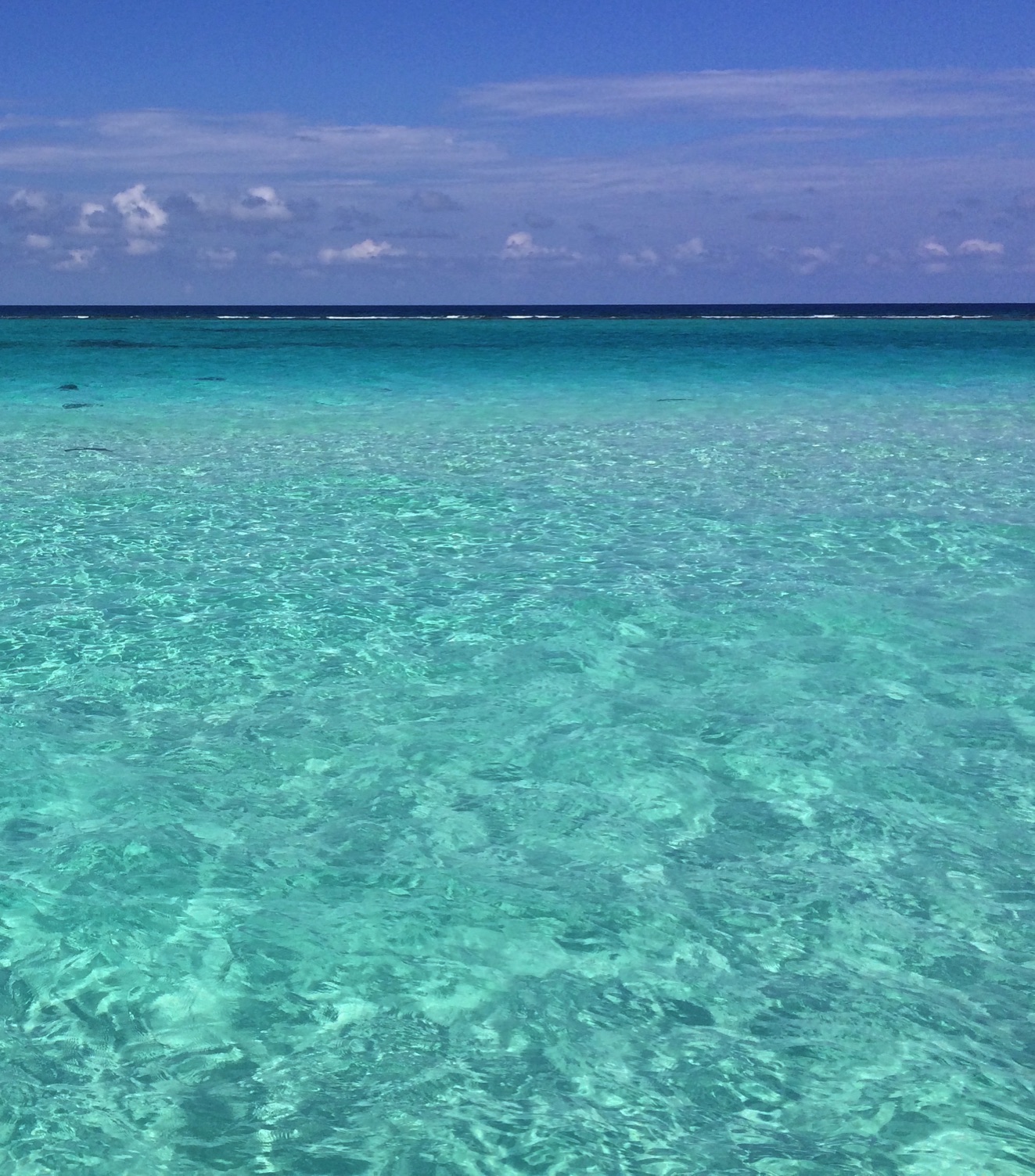MILESTONE CHRONOLOGY 1991 - 2000
1991 - The MR1 side-scan sonar is a special type of seafloor imaging system that creates maps of seafloor terrain over wide swaths. The HAWAII MR1 (the name stands for HIG Acoustic Wide-angle Imaging Instrument, Model Revision 1) was designed by the Hawaii Mapping Research Group (HMRG) at the University of Hawaii in 1991. Dr. Margo Edwards, a scientist on board Dive and Discover's second expedition to the East Pacific Rise, is the Director of HMRG.
-The Navy Shadowgraph is decommissioned. The Shadowgraph was never put in wide use by the fleet because the ship had to go over a mine before it could be classified. Shadowgraph was used in the rivers in Vietnam towed by a drone control boat (MSD) so only an unmanned boat had to go over a river mine.
-Martin Wilcox files patent US5142502A, “Microcomputer-based side scanning sonar system”. Wilcox used an Apple 2E computer to display the side scan sonar data.
-Marine Sonic Technology is founded in Yorktown, Virginia by Martin Wilcox.
1992 - A Klein 595 sonar towed by the USEPA vessel OSV Peter W. Anderson found the hazardous waste drums lost by the cargo ship C/V Santa Clara off the New Jersey coast. Sonar operated by Vince Capone.
-Simrad Subsea A/S of Norway introduces the Side-looking option for their EA 500 Echosounder.
-The MAK 1M deep towed side scan sonar is introduced by the P.P. Shirshov Institute of Moscow.
-The AMS 60 deep towed side scan sonar is introduced by Williamson Associates.
1993 - A Klein 595 side scan sonar unit was used by the Narragansett Bay Underwater Archaeology Project (NBUAP), later called the Rhode Island Marine Archaeology Project (RIMAP), during the archaeology team's first side scan sonar survey. Klein Associates, Inc. provided the sonar equipment. The research organization, directed by Dr. D.K. Abbass, located two shipwrecks in Newport, Rhode Island's outer harbor. One was a large 19th century vessel and the other was an unidentified, but probable 20th century iron boat or part of a more sizeable watercraft. The remote sensing operation was part of a project to locate and identify the many Revolutionary War shipwrecks lying in the bay.
-The Lake Champlain Maritime Museum used a Klein side scan sonar and found one of Benedict Arnold's American gunboats of the Revolutionary War (1775-1783). The battle-scarred warship, the USS Spitfire, sank after the 1776 Battle of Valcour Bay on Lake Champlain.
1995 - Edgetech becomes a private company.
-Diver Ralph Wilbanks locates the confederate Civil War submarine H.L. Hunley with side scan sonar while leading a NUMA team funded by famed author Clive Cussler.
1997 - Bateaux Below members deployed a Klein 2000 system and the team discovered the 48 ft. long steam launch Cadet ex Olive in Lake George, New York. Bateaux Below's underwater archaeology team then mapped the shipwreck in 1999 and in 2002 the U.S. Department of the Interior listed the wooden shipwreck on the National Register of Historic Places.
1998 - The deep towed side scan sonar is introduced by Jamstec of Japan.
-A Klein Side Scan Sonar is used to find the wreckage of Swiss Air Flight 111
1999 - During a 1999 Klein side scan sonar survey of part of Lake Champlain that was conducted by the Lake Champlain Maritime Museum, the museum found the schooner Troy, an early example of a sailing canal boat. The wooden vessel was built for use on the Champlain Canal, which opened in 1823. The vessel was lost in 1825 when it foundered with a load of iron ore. Lying in deep water, the Troy was later examined by a remotely-operated-vehicle (ROV).
